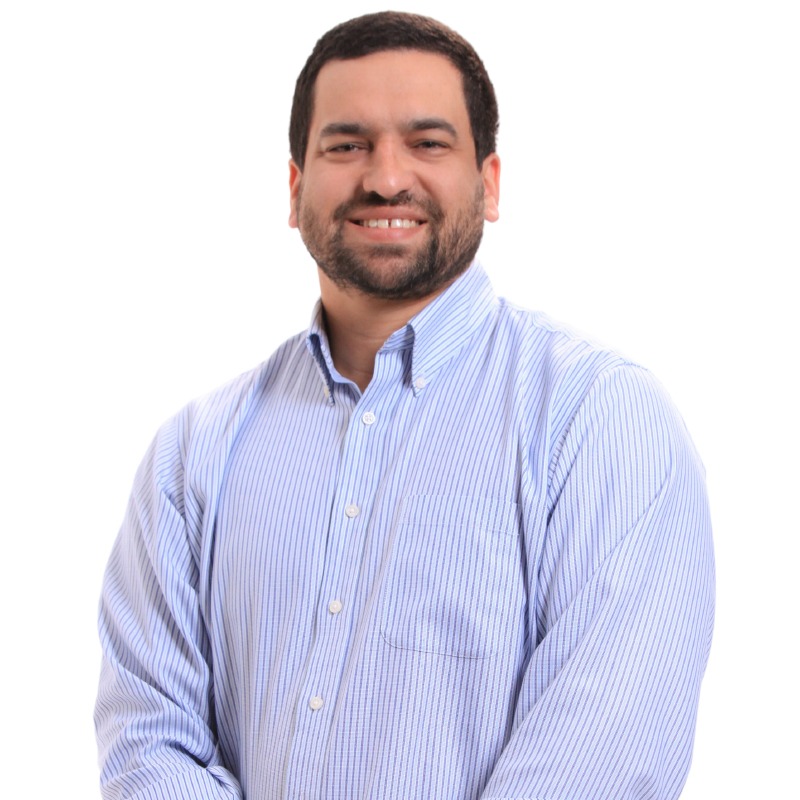The Current Situation
We have all visited a short-staffed business that cannot handle its client volume. In the post-pandemic era, the food industry has seen an accelerated rise in employee turnover, which we can attribute to three main factors. Firstly, the speedy rise of the remote and hybrid work model led to more flexible job opportunities that differ significantly from the on-site work model. The second factor is the number of jobs that originated from the impact of federal funding for the post-María reconstruction, which has caused continuous economic growth and record employment levels[1]. Lastly, generation- and technology-related reasons have also made talent search contentious. How do I retain my employees, and how can I recruit for vacant positions without affecting my company culture, operation, and customer service?
Although the traditional answer has been to offer more competitive salaries, we have learned that this measure alone is not a sustainable solution, nor does it lead to the desired results. In fact, according to a study conducted at a national level, 40% of employees surveyed are “considering switching jobs.” In comparison, 41% said they switched jobs mainly because of a lack of growth opportunities.[2] Therefore, we must consider the job’s total value proposition, which includes compensation and other attributes that directly impact the employee experience and that can be handled through an integrated Human Capital Management strategy.

Firstly, a defined mission and vision, which is understood by all, should be the focus of strategies pushed by leaders, Management, and Human Resources. For example, if our mission is to provide excellent customer service to the client, we must have the necessary resources, trained and available, for us to reach this goal.
Working on human capital management through an integrated approach requires the organization’s leaders to answer a few strategic questions:
-
- Organization and Capacity: Do we have the necessary number of people to complete tasks healthily? Are we organized in a way that allows them to achieve their area’s objectives? For example: Do our salesmen and saleswomen have a reasonable number of doors to knock on or accounts for them to reach their goals?
- Talent Development: How do we ensure our current employees’ development? Do we have a defined career plan for all of them? For example: Does the warehouse employee know the steps to become an Operations and Logistics Director?
- Performance Management: Are we measuring employee contributions in the best way? Are we offering incentives and coaching to align behavior with our mission and vision?
- Compensation and Benefits: Are we offering employees an attractive compensation package with avant-garde benefits? Can we consider a variable compensation structure that incentivizes performance? For example: include paternity/maternity benefits, schedule flexibility, support for continuing education, or health and wellness programs.
- Intangible Infrastructure: Have we developed an appropriate governance structure and policies and procedures that facilitate the execution of outlined goals and employee development? For example: Do we have team meetings at the beginning or end of the day to gather feedback on ideas and concerns that will allow immediate improvement in the operation?
- Tangible Infrastructure: Is the appearance of the work area, equipment, systems, and tools in optimal condition? Do work conditions motivate employees to come to work?
- Culture ties and gives value to the other strategic pillars and gives the organization uniqueness based on its values and beliefs. Are we encouraging behaviors that create an attractive culture to retain and hire the best talent?
Recipe to Transform Human Resource Management
These days when employees are looking for new and better opportunities, it is essential for employers to conduct an internal x-ray on their human capital management framework. We should aspire to build a workplace in which employees feel that, beyond being well paid, they have a space to grow and contribute, that they have the necessary tools, and that they are being recognized reasonably, in first-class facilities and with a winning employee culture that motives them to do their best. This generates an elevated sense of belonging and helps attract and retain the best talent. Let us prioritize managing our talent, and we will see results in their commitment and productivity.
[1] https://v2aconsulting.com/economic-dashboard/
[2] https://fortune.com/2022/07/25/workers-quitting-because-of-lack-of-career-advancement/
Disclaimer
Accuracy and Currency of Information: Information throughout this “Insight” is obtained from sources that we believe are reliable, but we do not warrant or guarantee the timeliness or accuracy of this information. While the information is considered accurate and correct at the date of publication, changes in circumstances after the time of publication may impact the accuracy of the information. The information may change without notice, and V2A is not liable for the accuracy of any information printed and stored or interpreted and used by a user.
 Geraldine Rodríguez Vizcarrondo
Geraldine Rodríguez Vizcarrondo Carlos Aponte
Carlos Aponte

